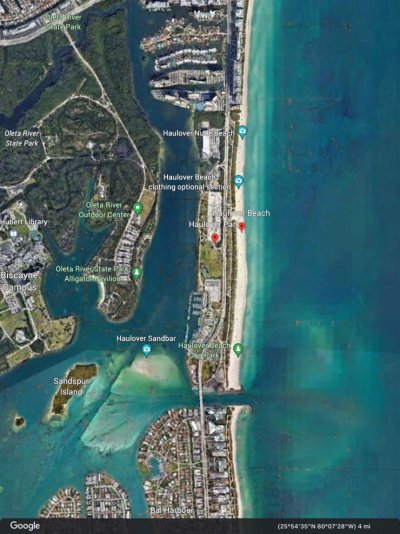Oh ****, all that water and they, if alive might have burned alive. Saw that on Katherines report. Monday morning quarterbacking, but even though it has fixed gear still would have thought of the water. Stall just before touchdown, down, probably flip, but would not burn alive. Just horrible.
Too many people are too worried about saving the plane, so go for a less desirable landing area rather than ditch in the water. Screw the aircraft, once it broke, my contract to return the plane undamaged just ended, and my contract with my wife to come home safe took over. The plane can be replaced. . . .
Sorry there was a loss of life. Sad



